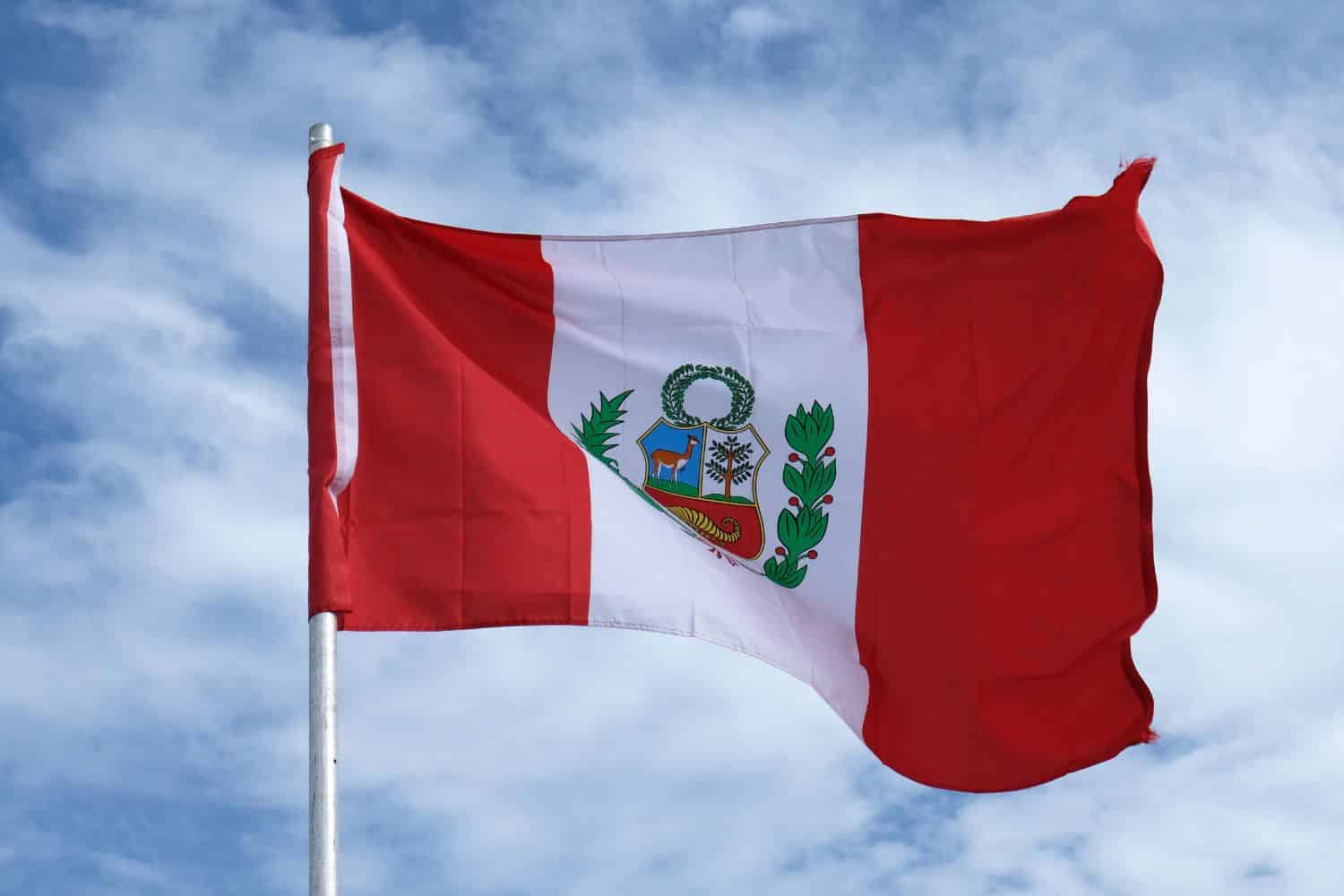As Spain rapidly moves towards a digital economy, payments in stablecoins are poised to become the disruptor. These blockchain-mediated products, pegged in value to stable fiat currencies, such as the euro or US dollar, offer the best of both worlds: the efficiency of cryptocurrency and the solidity of traditional money. In sectors such as tourism and remote work, stablecoins are particularly turning the payment as we know it on its head as transactions are becoming faster, cheaper and even more borderless. Spain’s progressive regulation, and territorial experimentation, add to their increasing relevance in the national economy.
Understanding Stablecoins and Their Role in Spanish Payments
Stablecoins are digital currencies that track the value of stable assets like fiat currencies—usually the euro or US dollar. Unlike normal cryptocurrencies, they are stable in value, which makes it perfect for daily transactions, cross-border payments, and digital salary systems.
The financial world of Spain is increasingly acknowledging stablecoins not as an alternative but complement to the traditional banking network. A global stablecoin in Spain, can be to one’s advantage owing to real-time settlement times, lower transactional threshold and global access, particularly in markets that struggle with international transactions and forex.
Also read: Stablecoin Payments in Cameroon: A Tool for Trade and Inflation Protection
Stablecoins for Spanish Tourism: Fast, Frictionless, Future-Ready
The country’s tourism industry adds more than €150 billion to the economy each year and attracts millions of tourists from across the globe. The demand for fast, affordable and transparent transactions is booming, and when it comes to Spanish tourism, crypto payments are beginning to fill that gap.
Key Benefits Realised for Tourists and Tourism Enterprises include:
- Cheaper Fees and Instant Money Transfers: Travellers who use USDC payments for travel can avoid currency commissions and card payment fees. It’s a game-changer for small hotels, neighborhood restaurants and tour operators.
- Borderless Transactions: With stablecoins it is now possible for Spanish users to make digital dollar payments to international recipients, without having to deal with the variable exchange rates when they travel abroad.
- Smart Tourism Innovation: Spain is going into the smart tourism era and blockchain applications, such as tokenized bookings or loyalty rewards in stablecoins, are facilitating that journey.
- Merchants who wish to accept crypto payments in Spanish tourism can benefit from TransFi, state-of-the-art on-ramp and payment solution. TransFi Streamlining the acceptance of crypto and conversion to stablecoin for hotels, restaurants and tourism operators, enabling them to capture global travelers who are spending in USDC, USDT and other stablecoins.
Despite the potential that believe and promise to further produce, there are still a few things holding it back—namely consumer behavior with regards to cash and cards, digital literacy, and clearer tax guidance on the adoption of crypto in Spain.
Empowering Remote Work: Stablecoins in Global Payroll
Spain has emerged as a hotspot for digital nomads and remote workers, in particular those lured by the climate and lifestyle and the new digital nomad visa on offer. But the problem of paying or being paid internationally is messy, requiring slow, expensive bank transfers for many.
Stablecoins Are Solving That:
- Speed and Cost: With stablecoins for remote workers in Spain, payouts are near/ immediate and come with low fees as well. Pay with crypto for remote work in Spain, and settle in minutes, not days.
- Inclusion and Access: Freelancers with minimal banking history, or who do not have access to SEPA accounts, can access income in borderless, wallet-based format from stablecoins.
- Crypto Payroll for Digital Nomads: Startups and DAOs are already using stablecoins for remote payroll. Solutions like TransFi offer simple rails for companies to pay freelancers in Spain in USDC/USDT in real time to their wallets or even local banks.
This change isn’t just about speed — it’s about creating transparent, robust and decentralized payroll systems that align with the gig economy’s worldwide reach.
Regulatory Landscape: Spain and MiCA
The nation is now moving in line with the EU’s MiCA (Markets in Crypto-assets) regulations. This developing law is being developed to harmonize stablecoin and crypto-asset governance throughout Europe.
Notable Developments:
- EURM Pilot by MONEI: Approved within Spain’s regulatory sandbox and overseen by the Bank of Spain, EURM stablecoin is collateralized 1:1 with euros and stored in Spanish bank accounts. It also demonstrates how solutions to the problems regarding tourists in Spain and business there may work within regulatory boundaries.
- Bank Involvement: Spanish bank BBVA is playing around with Visa’s stablecoin platform, stoking institutional curiosity around bringing crypto payments to the masses.
- AML/CFT Compliance: Spanish lawmakers are stepping up supervision of stablecoin making and trading as part of efforts to clamp down on risks and strengthen financial stability.
However, there are still issues around the transparency of reserves, consumer protection, and market trust – where regulators and innovators must tread a fine line.
Spain Stablecoin Adoption Market Outlook:
To date, Spain has been somewhat sluggish, but its local market is showing increasing signs of interest in leveraging crypto and stablecoins. The country now hosts over €500 million worth of blockchain investment, while local data shows that stablecoins make up almost 50% of all crypto flowing into Western Europe as a whole.
Trends to Watch:
- Growth in Crypto-Friendly Regions: Cities like Barcelona, Valencia and Málaga are becoming digital nomad havens where you can pay for things with crypto.
- Retail Integration: Startups are integrating USDC and USDT in Spain into their point-of-sale systems, allowing merchants to accept stablecoins with immediate conversion to euros.
- Cross-Border B2B use-cases: Exporters and SMEs beginning to dabble with stable coin invoicing, optimising working capital for international trade flow.
Also read: Stablecoin Payments in Algeria: Peer‑to‑Peer Transfers as a Remedy to Bank Restrictions
Conclusion:
The implementation of stablecoin payments in Spain is not a matter of simple speculation – it is coming, and not only in the tourism and remote working industries. With this kind of regulatory clarity and innovative pilots such as EURM and tools making cope easier to adopt and accept which makes Spain a possible leader within the European digital economy’s future developments.
Whether it’s an American tourist paying in USDC, or a local on a freelancing website who’s being paid weekly in USDT, crypto adoption in Spain is quietly, constantly changing how money flows around—faster, cheaper and with fewer borders.
FAQs:
- What is the use of stablecoin in the tourism industry of Spain?
Stablecoins save on both fees and payment times for visitors and local businesses, thus increasing ease of travel as well as profit.
- Can freelancers in Spain get paid in stablecoins?
Yes, lots of the remote workers and freelancers in Spain are now using stablecoins such as USDC and USDT for making payments faster, cheaper and borderless.
- Is the use of stablecoins legal in Spain?
Yes, Spain does support the use of stablecoins under current AML regulations and is adopting further regulation through the EU’s MiCA framework.
- What are the most used stablecoins in Spain?
USDC and USDT are the two most used stablecoins in everyday payments, travel spend and cross-border salaries.
- How can I accept stablecoin payments in my Spanish business?
Platforms such as TransFi can help merchants and freelancers easily accept and convert crypto payments with compliance.
Table of Contents
Suggested Article
Explore our products

Make global payments at the speed of a click

Accept payments, remove borders.

Unlock Seamless Digital Currency Transactions Anywhere








.png)














